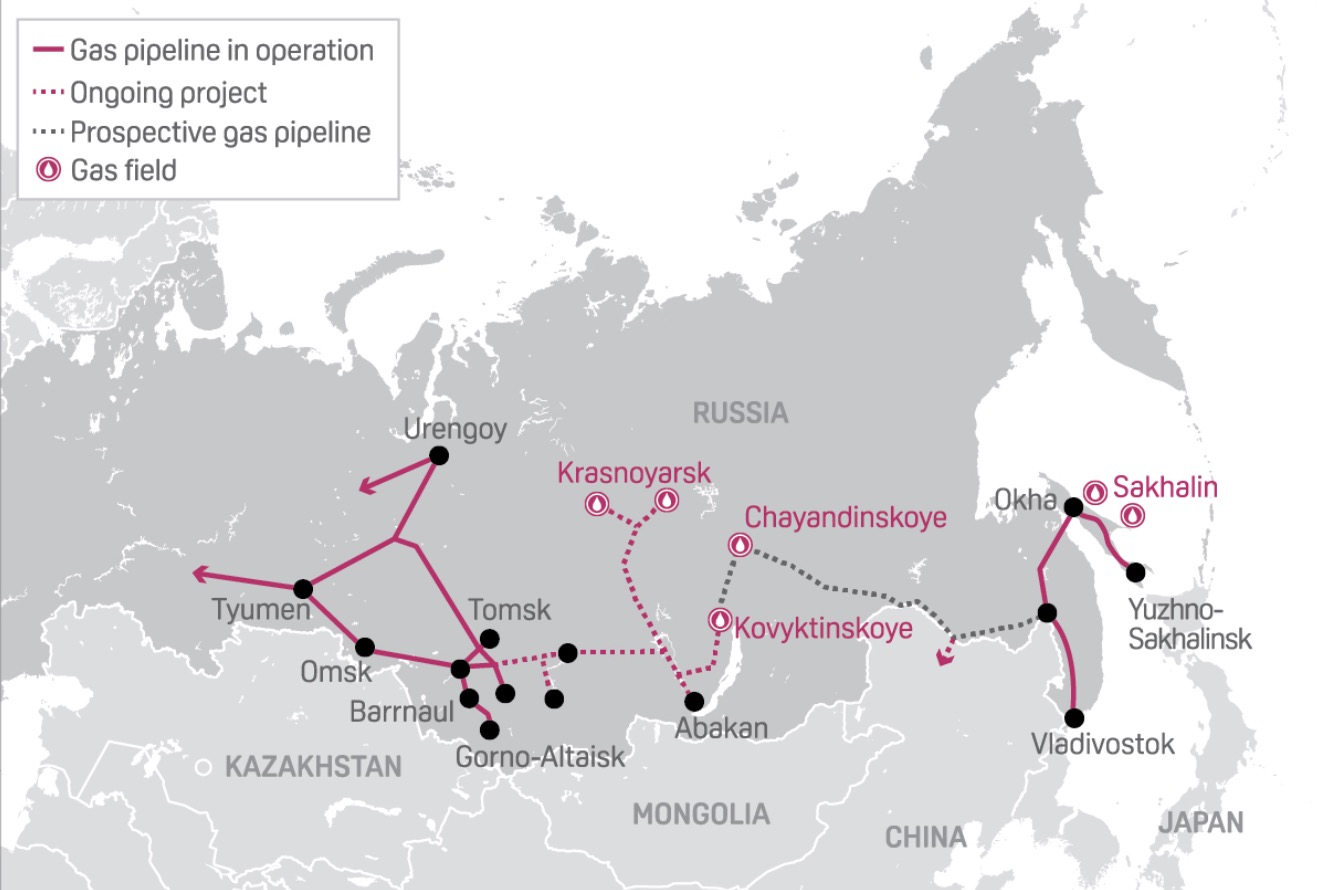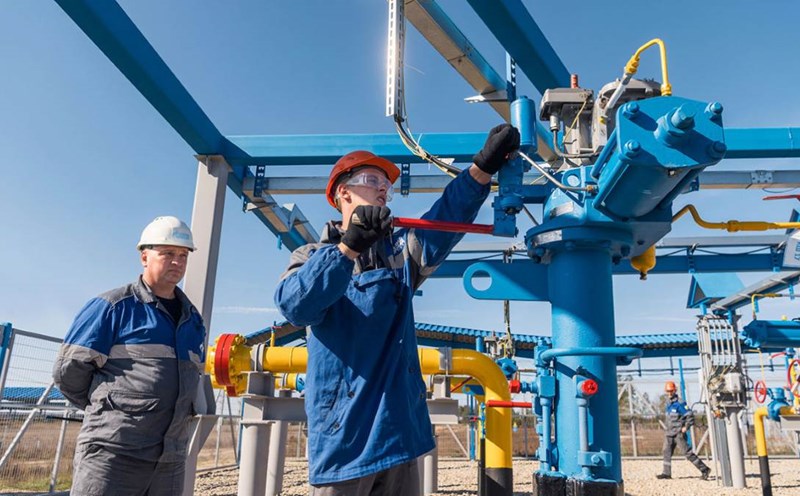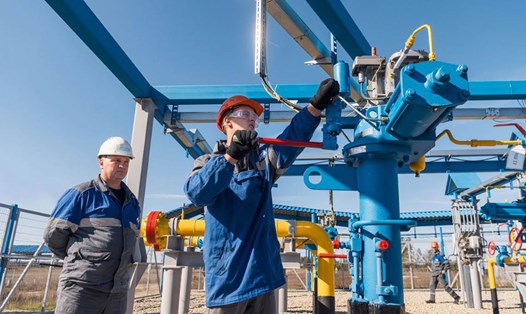Russia has one of the longest gas pipeline networks in the world, with a total length of 172,000 km. However, before the Russia-Ukraine conflict, the country's focus was on exporting gas to the West, especially the EU.
Most of Russia's gas pipelines are located near its western borders. The level of pipeline infrastructure development in eastern Russia, Siberia and the Far East is significantly lower than in the west of the country.
After the sabotage of the Nord Stream pipeline and the suspension of most gas exports to the EU (mainly via the Yamal-Europe gas pipeline), Russian gas exports via pipelines have more than doubled.
According to experts from the Russian business publication Rossyiskaya Gazeta, Russia’s gas pipeline system currently has only two priority export destinations: China and Türkiye. However, export growth in both directions remains limited.
Despite its extensive pipeline network, many regions of Russia still lack adequate pipeline infrastructure. According to previous statements by Gazprom CEO Alexei Miller, Gazprom plans to allocate a record $2.75 billion to gasify Russian regions and complete gasification across Russia by 2030.

In general, the Russian gas transportation system actually consists of three separate segments - the West (supplying gas to Europe), East Siberia (Power of Siberia pipeline) and the Far East (Sakhalin - Khabarovsk - Vladivostok gas pipeline).
The Russian government plans to develop domestic pipeline infrastructure by connecting the East Siberian and Far Eastern pipeline systems (called the Eastern Gas Supply System) at the first stage and connecting the entire western and eastern pipelines of the country at the second stage.
The first stage of the project involves connecting the existing gas pipelines Power of Siberia and Sakhalin-Khabarovsk-Vladivostok. For this purpose, the construction of the 800 km Belogorsk-Khabarovsk section of the Eastern Gas Supply System (EGSS) began in March this year. In total, the EGSS will have a total length of more than 5,000 km.
The development of the Far East and Siberia pipeline system is currently considered by the Russian government to be of strategic importance. This is also important because of the location of a number of energy-intensive enterprises (mainly large-scale mining and metallurgical complexes) in the Far East and along the Sakhalin - Khabarovsk - Vladivostok gas pipeline route, which are in dire need of a stable gas supply.
In addition, a stable supply of pipeline gas will be crucial for the construction of thermal power plants in the Far East, as the region operates the smallest and least developed energy system in the country.
Regarding gas exports, Russia committed to reaching the planned capacity of the Power of Siberia gas pipeline to China - up to 38 billion cubic meters by 2025 and agreed to deliver 10 billion cubic meters of gas via the Far Eastern route (a branch to China of the Sakhalin - Khabarovsk - Vladivostok gas pipeline).
In addition, there are hopes for the launch of the Power of Siberia 2 pipeline, which would deliver up to 50 billion cubic meters of Russian gas to China. However, the project's implementation is still delayed because China plans to buy Russian gas at a significantly lower price than the price of gas supplied through the Power of Siberia project (about $250/1,000 cubic meters).











